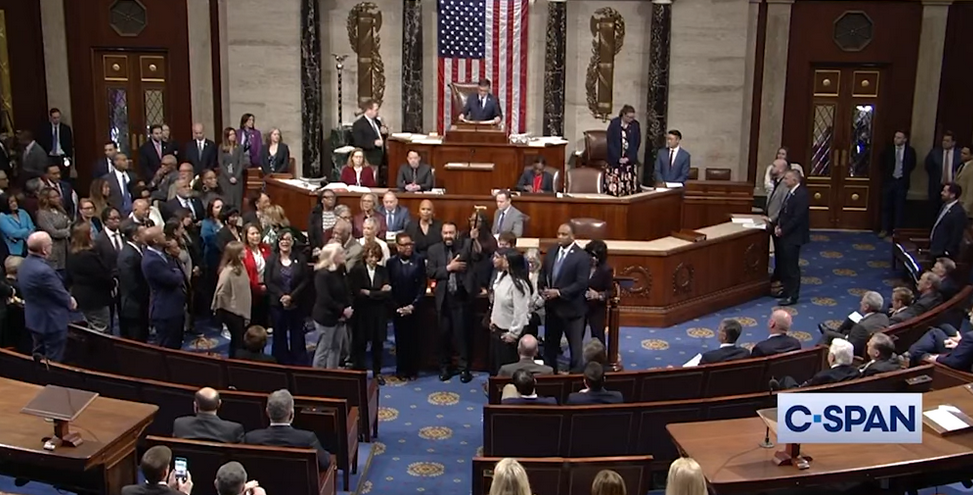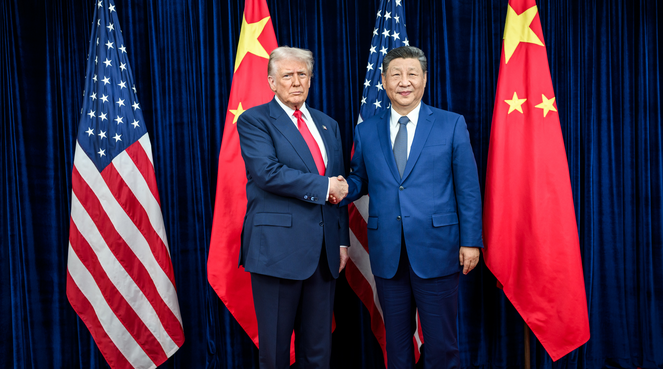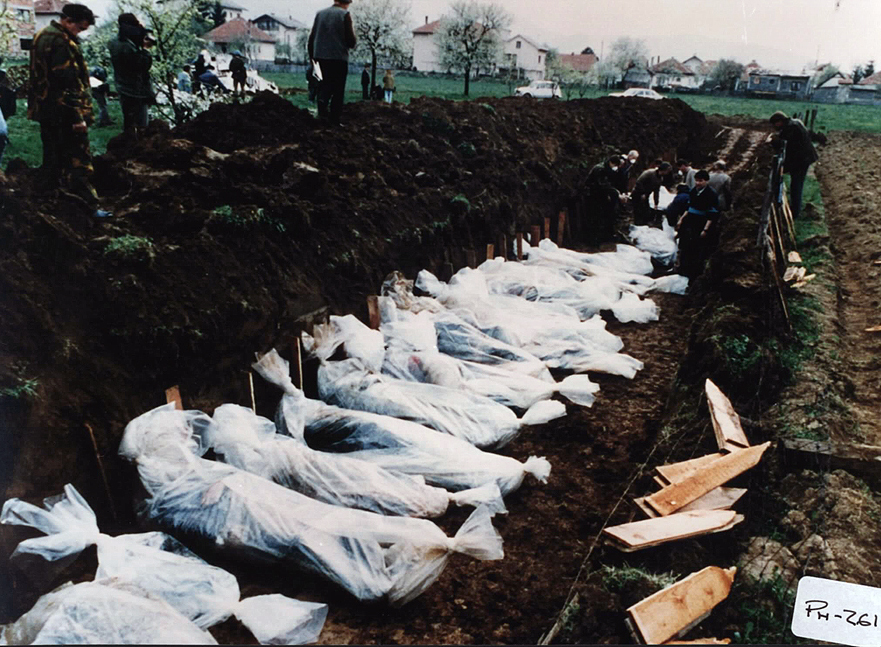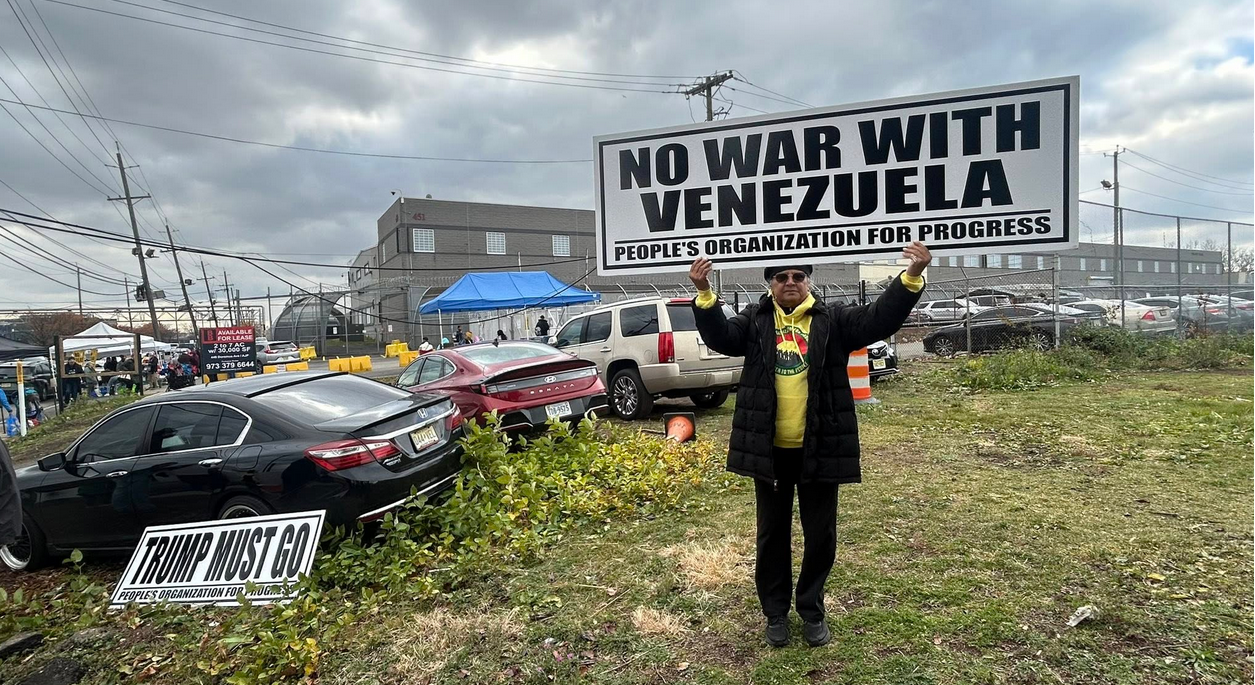The South Korean model?
[Economic Development]
The 2030 Agenda to end poverty in all its forms and dimensions thereby leaving no one behind will become operational on January 1, 2016 for 15 years to December 31, 2030.
The search is on for best practices that can be applied in full or modified form to the implementation of the universal Agenda.
I have been studying experiences of some countries to see what was done to reduce poverty in the shortest term possible. South Korea seems to me to be one of those countries, moving from rags to riches within one generation starting particularly in the 1960s.
I therefore thought it appropriate to examine what were the goals and targets pursued by Korea since the end of the war in 1953 and compare them with goals and targets in the 2030 Agenda.
During the 1950s, South Korea was described as the poorest and most impossible place to live in on the planet. The war made a third of the population homeless. Orphaned children roamed the streets looking for food. Per capita income was less than $100.
Politically the country was no better: Syngman Rhee’s regime was as bloody and repressive as it was corrupt (Daniel Tudor 2012).
All this changed from the 1960s. For example, during the period from 1963 to 1990, Korea underwent a remarkable transformation: GDP growth averaged 9 percent per annum.
Per capita income rose to $6,250 in 1991. There was rapid structural transformation. Employment and the GDP share of agriculture declined from 63 percent and 43 percent in 1963 to 16 percent and 9 percent in 1990 while those of the manufacturing sector rose from 8 percent and 15 percent in 1963 to 27 percent and 29 percent in 1990 (V.Bhaskar and Andrew Glyn 1995).
By 1996 Korea had progressed so fast that it was admitted to the Organization for Economic Cooperation and Development OECD (Shahrokh Fardoust et al 2011).
How did Korea achieve these outcomes so fast within one generation? To what extent can the 2030 Agenda to end poverty in all its forms and dimensions between 2016 and 2030 follow in the footsteps of the successful Korean model?
What was the trigger?
Both the student revolt of 1960 against the Korean government and the military coup of 1961 led by General Park Chung-Hee set the stage for a new beginning just as the Rio+20 set the stage for the 2030 Universal Agenda on Sustainable Development.
The economic and social development goals and targets in Korea selected for this note appear similar to those in the 2030 Agenda, giving hope that if the 2030 Agenda is fully implemented as was done in Korea, chances are that poverty will be declared history by 2030.
Let us examine selected goals and targets in Korea and the 2030 Agenda as a contribution to the current debate on the implementation of the Agenda.
Education and training: From the end of the war in 1953, Korea emphasized education and training. For example, the literacy rate rose from 30 to 80 percent between 1953 and 1963.
Universal primary education was reached by 1960 (Richard Jolly et al 2004). Adult literacy rose from 71 to 98 percent between 1960 and 2000 (Richard Jolly 2004).
Goal 4 of the 2030 Agenda is to Ensure inclusive and quality education and promote long life learning opportunities for all. By 2030 the Agenda is to ensure that all girls and boys complete free, equitable and quality primary and secondary education leading to relevant and effective learning outcomes,” and by “2030, substantially increase the number of youth and adults who have relevant skills, including technical and tertiary education, including university.
Agricultural productivity: There was a comprehensive land reform that benefited small-holder farmers and landless people. The introduction of subsidized high-yielding seeds, fertilizers and irrigation raised productivity so that by the late 1970s Korea had become self-sufficient in basic grains. Farm household incomes almost trebled between 1965 and 1977 (Harold C. Hinton 1983).
Goal 2 of the 2030 Agenda is to End hunger, achieve food security and improve nutrition and promote sustainable agriculture. By 2030 the Agenda is to double the agricultural productivity and incomes of small-scale food producers including through access to land, other productive resources and inputs, knowledge, financial services, markets .
Developing infrastructure and energy: regarding infrastructure, the government inherited a good rail system constructed by Japan and repaired it after the Korean War. The road network was greatly expanded. The port facilities and airline services were improved. In 1974 South Korea became the first Asian country outside Japan to operate a subway system in Seoul.
Goal 9 of the 2030 Agenda is to Build resilient infrastructure by developing quality, reliable, sustainable and resilient infrastructure, including regional and transborder infrastructure.
Regarding energy: the Park government emphasized diversification but more consumption of oil than coal. By the end of the 1970s oil accounted for 60 percent of the energy consumed; coal about 30 percent and the remaining ten percent was derived from wood and charcoal while hydroelectric and nuclear energy played an insignificant part (Harold C. Hinton 1983). Thus energy consumption increased considerably and contributed to rapid economic growth.
Goal 7 in the 2030 Agenda is to ensure universal access to affordable, reliable and modern energy and to increase substantially the share of renewable energy in the global energy mix.
Industrial growth: Korean industry grew fast between the 1960s and 1970s. Initially the emphasis was on labor-intensive light industries and later on capital-and technology-intensive industries both destined for export markets.
As a late starter Korea benefited from American and Japanese technology which it adapted to suit her needs. The infant industries benefited from protection against outside unfair competition and were subsidized. This was done in line with the thinking of Hamilton, List and Prebisch (Richard Jolly et al., 2004).
Goal 9 of the 2030 Agenda includes promote inclusive and sustainable industrialization and foster innovation so that by 2030 significantly raise industrys share of employment and gross domestic product, in line with national circumstances, and double its share in least developed countries.
Support of development partners: Korea benefited tremendously particularly from the United States. For example foreign aid financed nearly 70 percent of total imports from 1953 through 1962. Aid was equal to 8 percent of gross national product (GNP) (Shahrokh Fardoust et al 2011).
Goal 17 of the 2030 Agenda is to Strengthen the means of implementation and revitalize the global partnership for sustainable development. In this connection developed countries are called upon to implement fully their official development assistance commitments, including commitment by many developed countries to achieve the target of 0.7 percent of ODA/GNI to developing countries and 0.15 to 020 percent of ODA/GNI to least developed countries .
To sum up, based on these illustrative goals and targets there are similarities between what Korea did in terms of goals and targets and means of implementation to shift the country and her people from rags to riches. Ipso facto, if the goals and targets set in the 2030 Agenda are fully implemented chances are poverty in all its forms and dimensions will be history by 2030.
What remains to be done is to implement the Agenda, monitor and review progress at the national, regional and international levels to ensure no one is left behind by 2030. This task calls on abandoning doing business as usual and embarking on a new model that involves everyone in a spirit of partnerships including states and non-state actors in a mutually reinforcing manner, based on the comparative advantage of each actor.
The United Nations Foundation (UNF) as a non-state actor that provided commendable facilities as confirmed at the end of the 2030 Agenda negotiations remains well placed to continue extending a helping hand upon request especially by the least developed countries and Africa.







